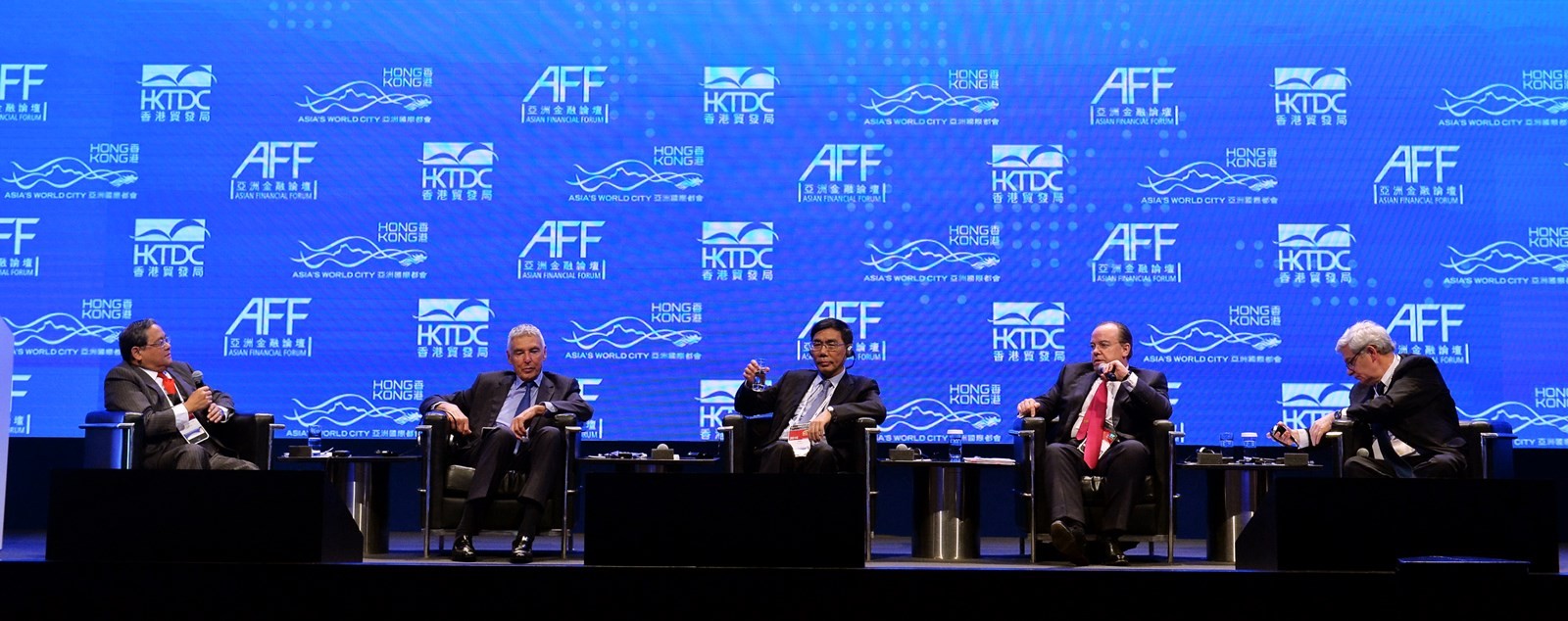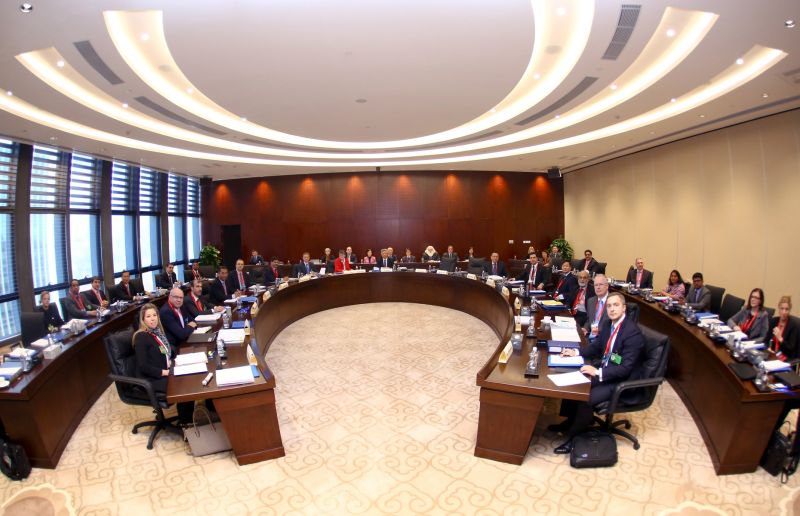Investment
Soybean Oil Price to Rise by Bt9 a Liter
The Commerce Ministry has approved a price hike of nine baht for one-liter bottled soybean oil. The increase will take effect tomorrow. After chairing a meeting of the subcommittee overseeing vegetable oil prices and the Soybean and Rice Bran Oil Processors Association, Internal Trade Department Director General Watcharee Vimuktayon disclosed that a price hike of nine baht per liter has been approved for bottled soybean oil.
The Commerce Ministry has approved a price hike of nine baht for one-liter bottled soybean oil. The increase will take effect tomorrow. After chairing a meeting of the subcommittee overseeing vegetable oil prices and the Soybean and Rice Bran Oil Processors Association, Internal Trade Department Director General Watcharee Vimuktayon disclosed that a price hike of nine baht per liter has been approved for bottled soybean oil.
Excerpt from:
Soybean Oil Price to Rise by Bt9 a Liter
Domestic demand has also shown signs of life, but the severe weather, the withdrawal of consumption-based fiscal stimulus and political uncertainty should be a drag on growth. With a large fraction of the population still occupied in agriculture or working in rural areas, agriculture is a critical variable for the performance of household consumption.
Overall, domestic demand should provide a positive but limited contribution to growth: vulnerable households lost ground in 2009 and risks are substantial in 2010, as falling agricultural output due to the current drought may offset opportunities from the improved overall economic environment. Household consumption levels, which are highly correlated with the poverty rate, contracted in 2009 despite the rebound in the last quarter of the year, suggesting a likely increase in the poverty rate compared to 2008, especially when compounded by the loss in purchasing power from the food and fuel crisis of 2008. The outlook for 2010 is uncertain : average wages are likely to increase, thanks to the reallocation of labor from agriculture to manufacturing. Although labor markets appear very tight, with unemployment below 1 %, the data do not account for the large number of workers who moved to lower-productivity jobs in agriculture and informal services due to the crisis. Many of these workers are now returning to manufacturing, which offers higher wages than agriculture.
Thailand’s equity market bounced back strongly from the global crisis in 2009, with a total shareholder return (TSR) of 91% for the year 2009 against a 36% decline the year before. Ultra-lax monetary policies and massive public spending across the globe helped spur a quick turnaround from the worst global downturn since the Great Depression.
Low market valuations represent a problem on the demand side as well. Despite efforts to educate the public about the capital market, Thailand’s investor base remains small with only about 500,000 accounts in the securities sector out of a population of 67 million.
Despite the failure of the BSE, the concept of an orderly, officially supported securities market in Thailand had by then attracted considerable attention. In this regard, the Second National Economic and Social Development Plan (1967-1971) proposed, for the first time,
a plan for the establishment of such a market, with appropriate facilities and procedures for securities trading.
In 1969, as recommended by the World Bank, the government acquired the services of Professor Sidney M. Robbins from Columbia University to study the development channels of the Thai capital market. Professor Robbins had previously served as Chief Economist at the United States Securities and Exchange Commission. The same year proved an eventful one for the Thai capital market, as the Bank of Thailand also formed a Working Group on Capital Market Development, which was assigned the task of establishing the stock market. A year later, in 1970, Professor Robbins produced a comprehensive report entitled “A Capital Market in Thailand”. This report became the master plan for the future development of the Thai capital market.
Business
Asian Financial Forum (AFF) Features 2,800+ Government, Finance and Business Leaders

Co-organised by the Hong Kong Special Administrative Region (HKSAR) Government and the Hong Kong Trade Development Council (HKTDC), the two-day Asian Financial Forum (AFF) came to a successful conclusion today at the Hong Kong Convention and Exhibition Centre. (more…)
China
Asian Infrastructure Investment Bank opens for Business
The inaugural meeting of the Asian Infrastructure Investment Bank’s Board of Directors was convened in Beijing on January 17, 2016. The Board of Directors is made up of 12 Directors, of which 9 Directors represent regional members and the others non-regional members. Mr. Jin Liqun, President of the AIIB, chaired the meeting.

The inaugural meeting of the Asian Infrastructure Investment Bank’s Board of Directors was convened in Beijing on January 17, 2016. The Board of Directors is made up of 12 Directors, of which 9 Directors represent regional members and the others non-regional members. Mr. Jin Liqun, President of the AIIB, chaired the meeting. (more…)
Banking
Beloved panda was wartime ambassador warming hearts of people
Ming the panda gets behind the camera for photographer Bert Hardy in 1939 in London Zoo. In the chair is Hardy’s son Mike. Getty Image She was black, white and furry, far from home, and loved having her tummy tickled, especially by princesses.
Ming the panda gets behind the camera for photographer Bert Hardy in 1939 in London Zoo. In the chair is Hardy’s son Mike. Getty Image She was black, white and furry, far from home, and loved having her tummy tickled, especially by princesses.
Follow this link:
Beloved panda was wartime ambassador warming hearts of people






